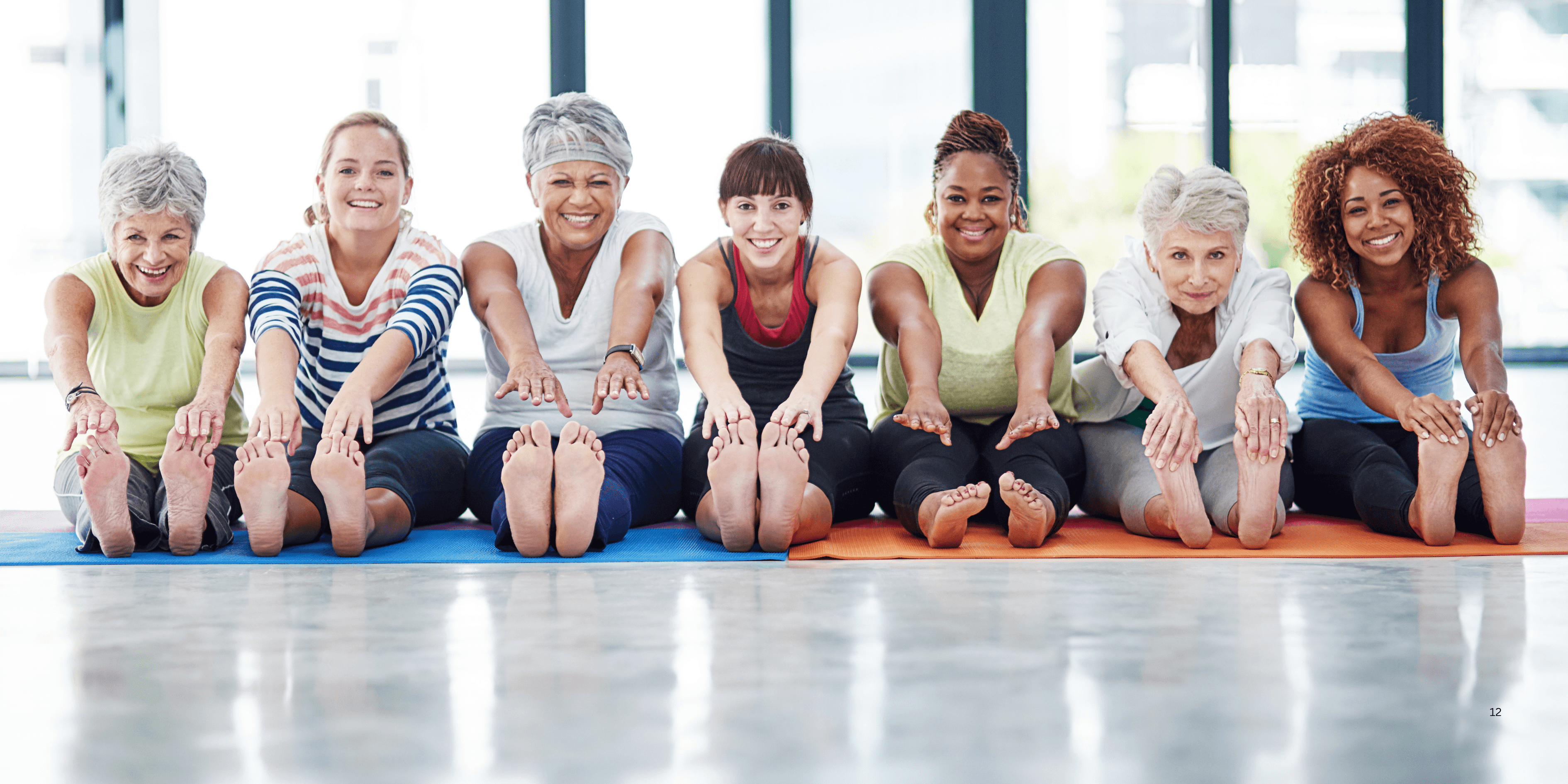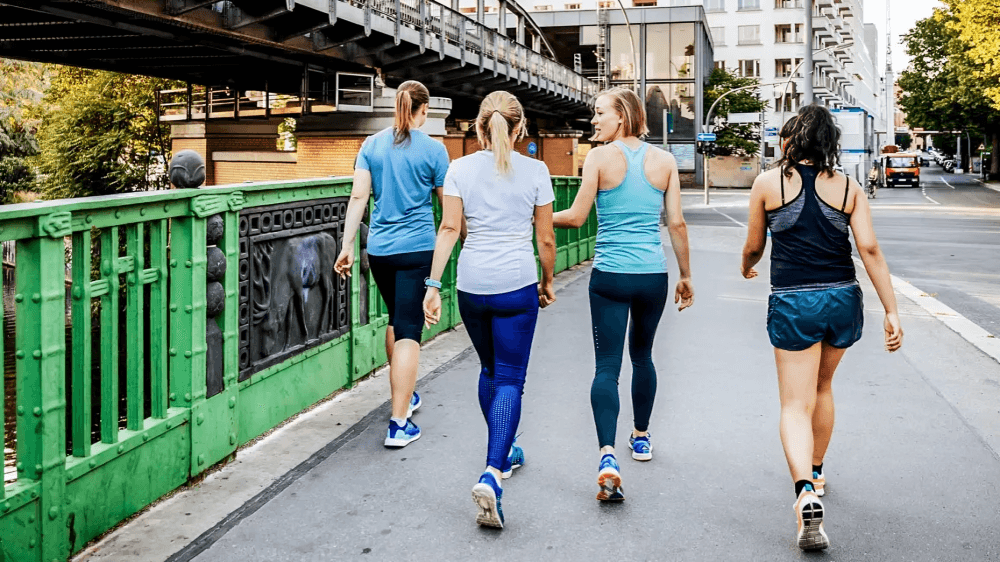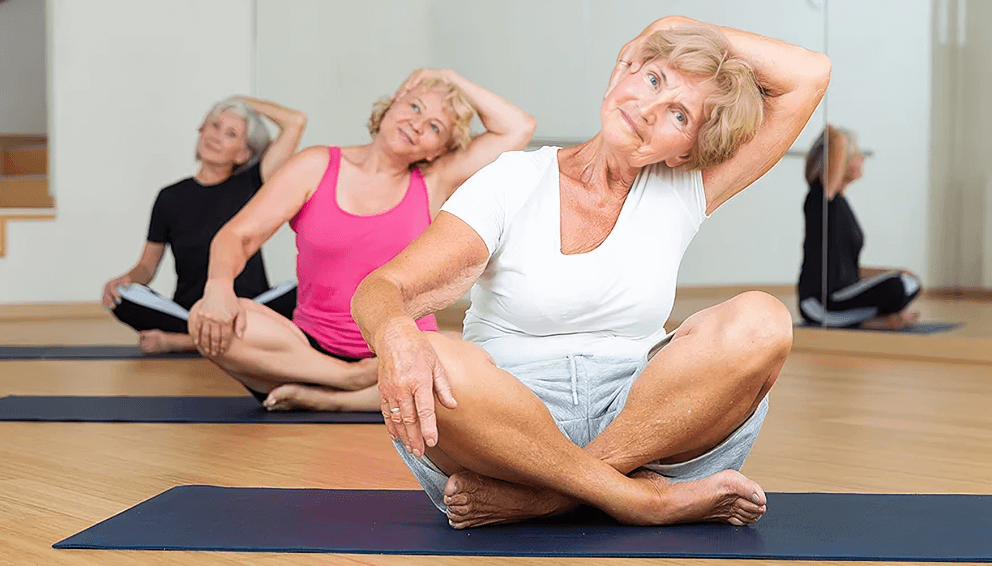
“
Choosing the best exercises for different age groups is essential to maintain health, strength, and mobility. Exercise needs vary from childhood to older adulthood, adapting to physical abilities and preventing injury. Understanding age-appropriate activities ensures fitness at every stage of life.1
1
”
The ancient Greek physician Hippocrates emphasized exercise as medicine, stating physical activity strengthens the body and improves mental health across all ages and lifestyles. 1
For children, play-based activities such as running, jumping, and climbing develop motor skills and coordination and build healthy bones and muscles while encouraging social interaction. 2
Adolescents benefit most from sports and aerobic exercises that enhance cardiovascular health and muscular strength and improve endurance, essential for physical development during puberty. 3

Strength training in teenagers helps improve muscle mass, bone density, and metabolic rate when supervised properly, preventing injuries and encouraging lifelong fitness habits.
Adults aged 20 to 40 thrive with a mix of cardiovascular workouts, strength training, and flexibility exercises, which support heart health, muscle tone, and stress management. 4
Incorporating high-intensity interval training (HIIT) in adults boosts metabolism, improves cardiovascular fitness, and reduces body fat more effectively than steady-state cardio alone. 5
For adults over 40, low-impact exercises such as swimming, walking, and yoga maintain joint health and flexibility while minimizing wear and tear on the body. 6
Seniors over 60 benefit greatly from regular strength training to combat muscle loss, maintain independence, and improve metabolic function despite natural aging declines. 7
Weight-bearing exercises such as walking and light resistance training slow bone density loss in elderly adults, reducing the risk of osteoporosis and fractures. 8

Aerobic exercises such as brisk walking or cycling increase cardiovascular health and improve mood through the release of endorphins in people of every age.
Mental health benefits from regular exercise apply across all ages, helping reduce anxiety and depression by stimulating brain chemicals linked to happiness and focus. 9
Childhood obesity prevention greatly improves with active daily play, which supports a healthy metabolism and prevents future chronic diseases like diabetes. 10
Women during pregnancy benefit from moderate exercise like walking and swimming, which enhances circulation, reduces discomfort, and prepares the body for childbirth. 11
The philosopher Friedrich Nietzsche advocated physical activity as a to personal excellence, believing that regular exercise cultivates strength of body and mind. 12
Resistance band exercises are ideal for older adults as they offer gentle strength training without heavy weights, reducing injury risks while promoting muscle maintenance. 13

Meditation combined with gentle yoga benefits older adults by reducing stress hormones, improving sleep quality, and maintaining mental clarity with age.
Group exercise classes foster social engagement, motivation, and accountability across age groups, increasing the likelihood of maintaining a consistent fitness routine. 14
Doctors recommend at least 150 minutes of moderate exercise weekly for adults, tailored to individual health conditions and fitness levels for best results. 15
Children should accumulate at least 60 minutes of moderate to vigorous physical activity daily to support growth and prevent sedentary lifestyle diseases. 16
Regular exercise throughout life reduces the risk of chronic diseases such as heart disease, diabetes, and arthritis, significantly improving the quality and longevity of life. 17


